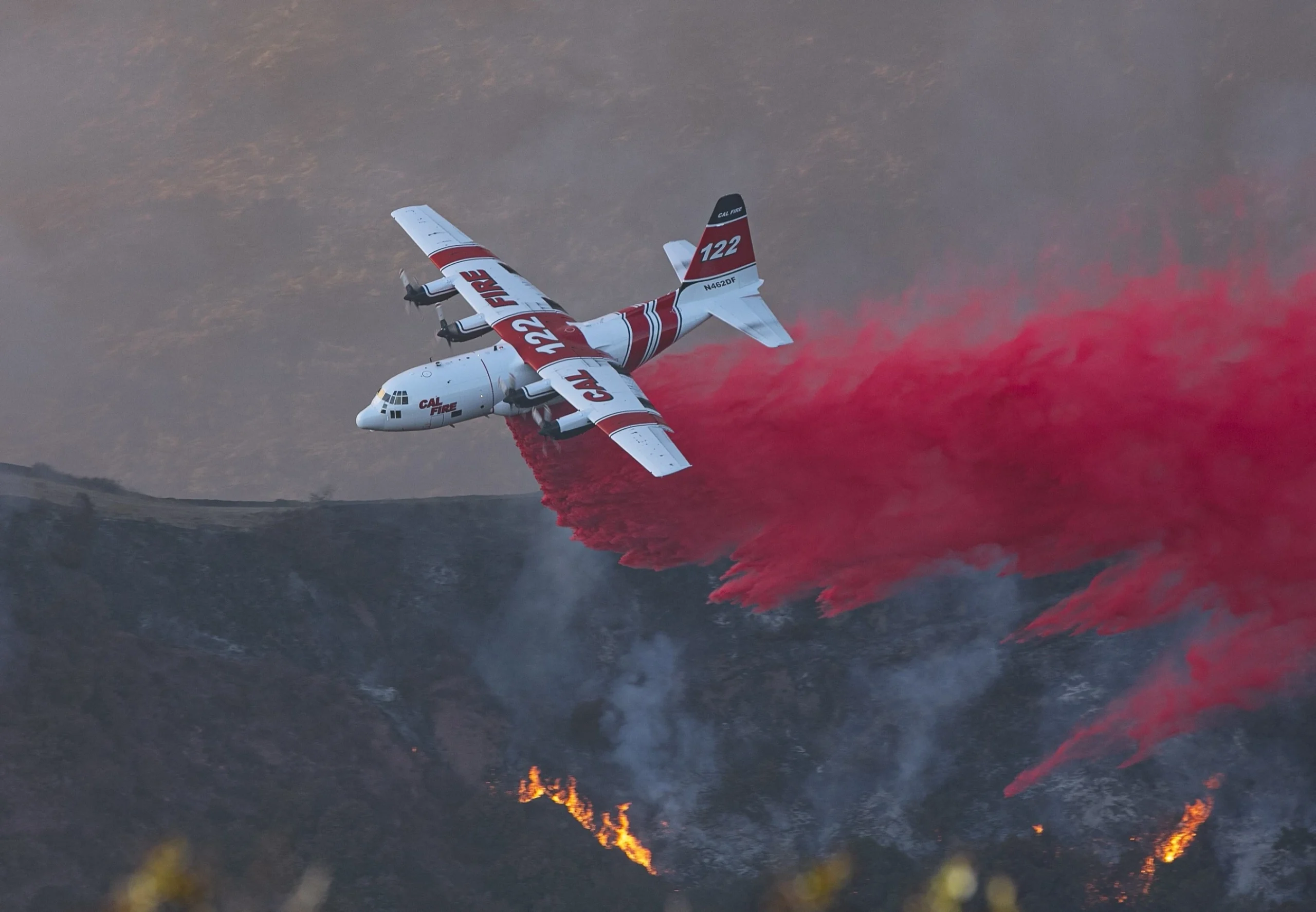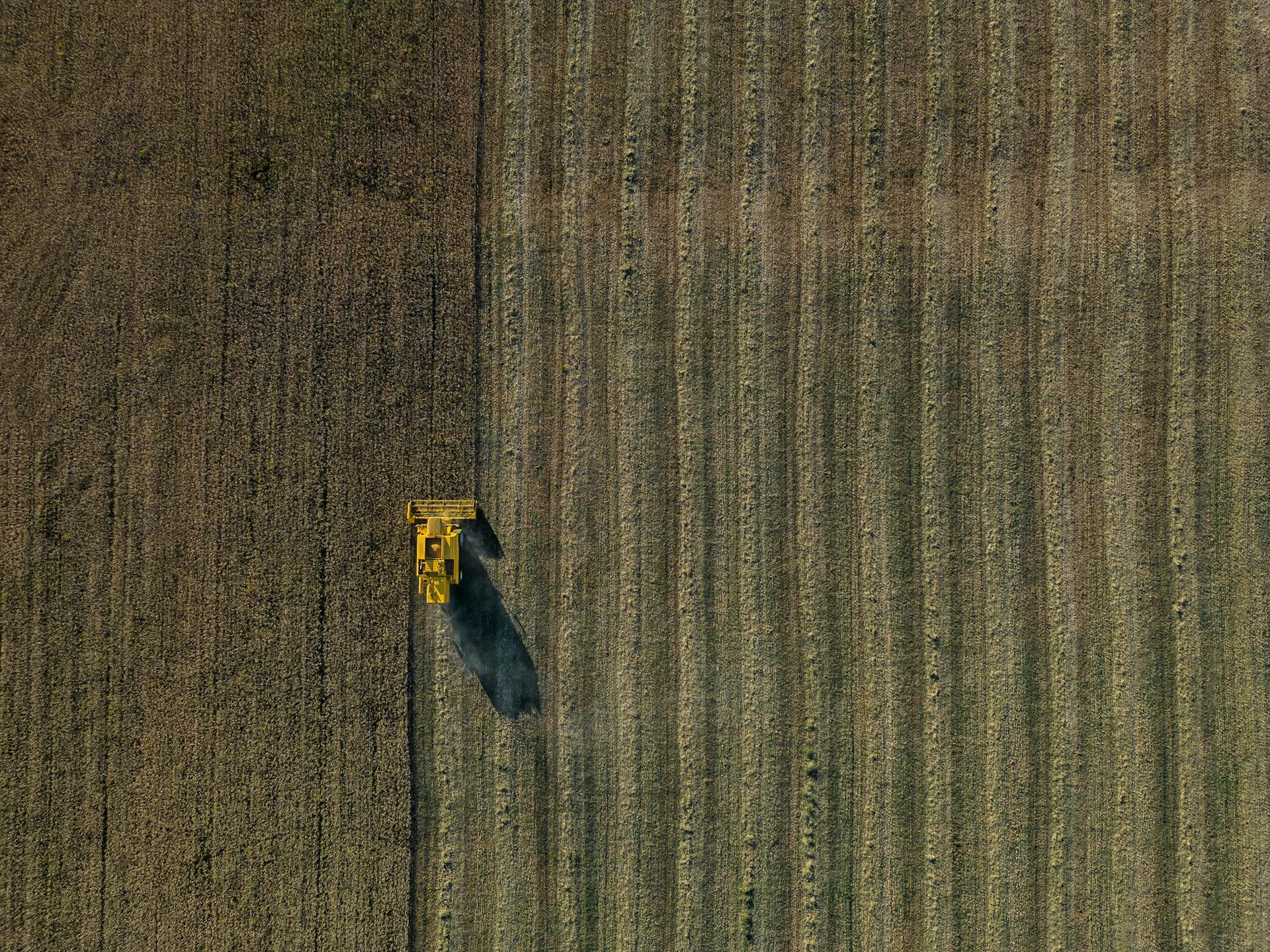California rolls out new fire-tracking system after deadly January wildfires

John E. Kaye

California is overhauling its aerial firefighting systems after wildfires in January killed 30 people and destroyed more than 18,000 buildings across the south of the state
The new platform, called the CAL FIRE Aviation Tracking and Information System (CATIS), replaces ageing software with a real-time cloud-based system aimed at helping crews respond faster and more effectively from the air.
It is being rolled out by CAL FIRE — the state’s main wildfire agency — in partnership with aviation data firm TracPlus. The system is powered by the company’s FireFlyte software and is already used by fire services in Australia and New Zealand.
CAL FIRE says the system will help streamline dispatch and give commanders a clearer picture of what’s happening on the ground and in the air. It is designed to scale with future needs, including advanced analytics and automation.
The January fires were among the worst California has seen in years, with more than 200,000 people forced to evacuate and over 57,000 acres burned. Fierce Santa Ana winds and extreme drought fuelled the blazes, which destroyed entire neighbourhoods in Los Angeles, Ventura and San Diego counties.
Officials say the new platform won’t stop fires from starting, but it should improve how quickly and effectively crews can deal with them once they break out — especially during large-scale events like those seen earlier this year.
CAL FIRE operates one of the largest aerial firefighting fleets in the world, with more than 60 aircraft including air tankers, helicopters and tactical planes. The new system will track each aircraft in real time and provide mission data to help teams coordinate and review their operations.
Todd O’Hara, Chief Marketing and Product Officer at TracPlus, said: “As California faces increasingly complex wildfires, CAL FIRE recognised that modernising their aviation tracking and information systems would directly enhance their ability to protect communities.
“Built on TracPlus’ FireFlyte platform, CATIS transforms how they capture and utilise critical operational data — from real-time aircraft positioning to comprehensive mission reporting — giving their teams the insights needed to deploy resources more effectively during emergency responses.”
The department responds to around 450,000 emergency incidents a year — including an average of 5,600 wildfires — and drops more than 12 million gallons of water and retardant from the air annually.
Photo: Ryan Grothe
Sign up to The European Newsletter
RECENT ARTICLES
-
 UK and South Korea finalise upgraded free trade agreement
UK and South Korea finalise upgraded free trade agreement -
 Trump lawsuit against BBC raises questions over legal pressure on European public broadcasters
Trump lawsuit against BBC raises questions over legal pressure on European public broadcasters -
 UK government sets up Women in Tech taskforce amid gender imbalance concerns
UK government sets up Women in Tech taskforce amid gender imbalance concerns -
 Mycelium breakthrough shows there’s mush-room to grow in greener manufacturing
Mycelium breakthrough shows there’s mush-room to grow in greener manufacturing -
 Marriott strengthens South African portfolio with new Autograph Collection hotel in Cape Town
Marriott strengthens South African portfolio with new Autograph Collection hotel in Cape Town -
 Oxford to host new annual youth climate summit on UN World Environment Day
Oxford to host new annual youth climate summit on UN World Environment Day -
 Countdown to Davos 2026 as Switzerland gears up for the most heated talks in years
Countdown to Davos 2026 as Switzerland gears up for the most heated talks in years -
 Paribu buys CoinMENA in USD 240m deal as regional crypto markets consolidate
Paribu buys CoinMENA in USD 240m deal as regional crypto markets consolidate -
 AI innovation linked to a shrinking share of income for European workers
AI innovation linked to a shrinking share of income for European workers -
 African airspace overhaul set to shorten flight times for European travellers
African airspace overhaul set to shorten flight times for European travellers -
 Exclusive: Global United Nations delegates meet in London as GEDU sets out new cross-network sustainability plan
Exclusive: Global United Nations delegates meet in London as GEDU sets out new cross-network sustainability plan -
 Fast fashion brands ‘greenwash’ shoppers with guilt-easing claims, study warns
Fast fashion brands ‘greenwash’ shoppers with guilt-easing claims, study warns -
 Europe’s shrinking middle class is turning to the radical right, new study suggests
Europe’s shrinking middle class is turning to the radical right, new study suggests -
 Private sector set to overtake government as main driver of corporate sustainability in 2026, report suggests
Private sector set to overtake government as main driver of corporate sustainability in 2026, report suggests -
 Europe emphasises AI governance as North America moves faster towards autonomy, Digitate research shows
Europe emphasises AI governance as North America moves faster towards autonomy, Digitate research shows -
 JPMorgan plans multibillion-pound tower in Canary Wharf
JPMorgan plans multibillion-pound tower in Canary Wharf -
 Strong workplace relationships linked to higher initiative among staff, study finds
Strong workplace relationships linked to higher initiative among staff, study finds -
 Brexit still hitting poorest hardest as food costs rise and mental health worsens
Brexit still hitting poorest hardest as food costs rise and mental health worsens -
 Global crises reshape household food habits, major review finds
Global crises reshape household food habits, major review finds -
 Sir Trevor McDonald honoured at UWI London Benefit Dinner celebrating Caribbean achievement
Sir Trevor McDonald honoured at UWI London Benefit Dinner celebrating Caribbean achievement -
 Adelphi Masterfil acquires Karmelle to bolster UK machinery manufacturing
Adelphi Masterfil acquires Karmelle to bolster UK machinery manufacturing -
 Cost-of-living pressures push London staff to seek practical perks
Cost-of-living pressures push London staff to seek practical perks -
 AI and scent-science firm Arctech expands into agriculture with Rothamsted base
AI and scent-science firm Arctech expands into agriculture with Rothamsted base -
 Malta PM says future growth hinges on stronger higher-education system
Malta PM says future growth hinges on stronger higher-education system -
 Golden visa surge sets the stage for InvestPro Greece 2025
Golden visa surge sets the stage for InvestPro Greece 2025



























